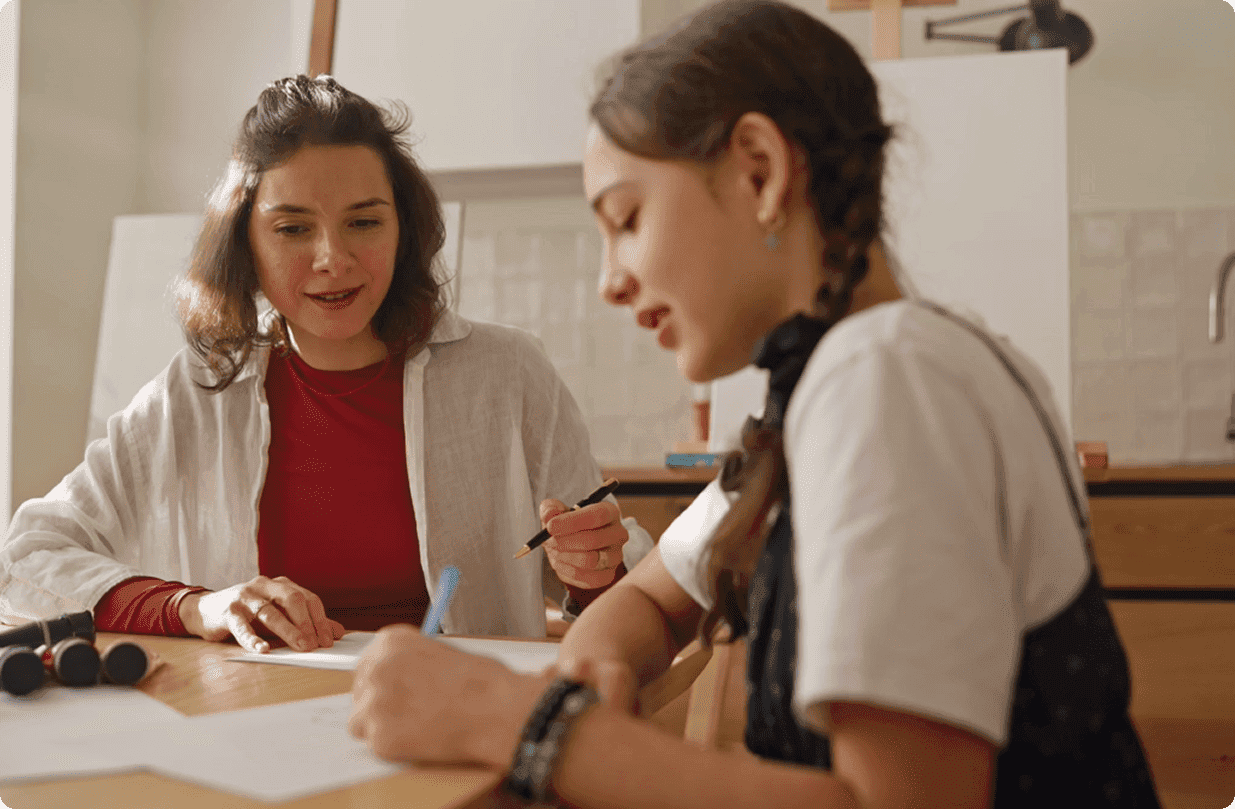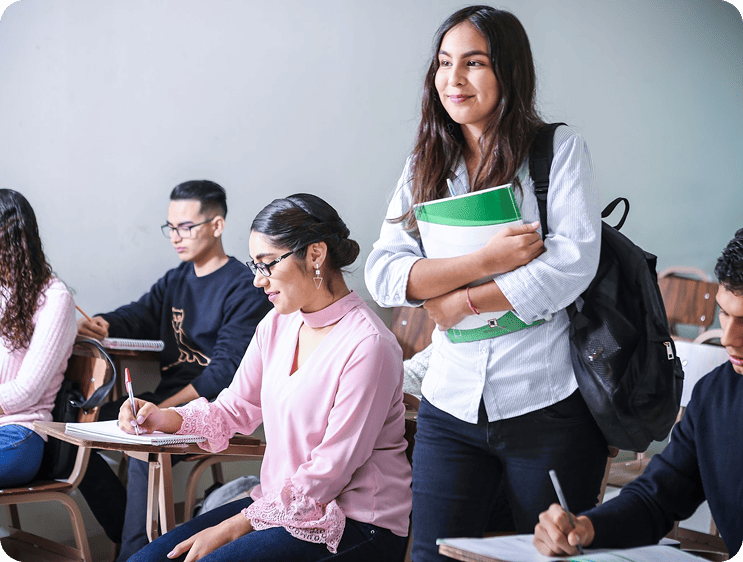Does your child doodle through lessons, organize notes with color-coded pens, or seem to “get it” once they see it? They might be a visual learner!
Grade Potential believes every student has a natural way of learning. For visual learners, that means they understand best when they can see how something works. Local tutors are skilled at tapping into that strength, using visual tools to help students connect ideas and build lasting confidence along the way.
Let’s take a look at what visual learning looks like and how the right support can make all the difference.
What Is Visual Learning?
Visual learners process information through sight. Diagrams, charts, color coding, and videos are all tools that help these students take in and remember new ideas. Instead of only hearing or reading something, visual learners need to see it to fully understand it.
Spotting the Signs: Is Your Child a Visual Learner?
Here are a few things to look for:
They prefer diagrams, maps, or charts over blocks of text.
They like watching videos to learn something new.
Their notes are color-coded or highly organized.
They remember faces and places easily.
They like seeing things written out on whiteboards or screens.
They often picture concepts in their head.
If that sounds like your child, supporting their visual style can help turn confusion into clarity, and tutoring is a great place to start.
How In-Person Tutoring Helps Visual Learners Thrive
With in-person sessions, tutors may use visual tools during lessons and adapt their approach in real time. That kind of flexibility can make a big impact. Here is how tutors can support visual learners:
Turning Ideas Into Images
Using diagrams, mind maps, and flowcharts, tutors break down complex concepts into something your child can see and follow.
Color That Makes It Click
Color-coded notes and highlighted key points help visual learners organize ideas in a way that makes sense to them and that they will remember.
Sketching for Understanding
Drawing out timelines, story arcs, or math processes helps students visualize the information, making it easier to grasp and retain.
Flashcards That Stick
Whether it is vocabulary or key concepts, flashcards with images or diagrams help reinforce learning through repetition and visual memory.
Whiteboards in Action
Tutors may use whiteboards during sessions to draw, explain, and illustrate ideas, bringing concepts to life in real time.
Why This Approach Works
When visual learners get to work in a way that feels natural, they are more focused, confident, and engaged. Personalized tutoring designed around visual learning can lead to:
Better understanding: Visuals turn abstract concepts into something concrete.
Stronger memory: Visual learners often store and recall visual information more easily.
More motivation: When learning clicks, students want to keep going.
Greater independence: Tools like color-coded notes and charts help them study effectively on their own.
Grade Potential: Helping Visual Learners Shine
Grade Potential believes learning should feel personal. That’s why we connect families with local tutors who tailor each session to how a student learns best.
For visual learners, that means lessons filled with color, structure, and imagery, designed to make learning stick.
If your child lights up when they see how something works, Grade Potential helps families find local tutors who can turn that spark into steady progress.
Grade Potential’s process is simple, with experienced local tutors who design sessions around each student’s strengths.
Reach out today and Grade Potential will connect you with a local tutor who is the right fit.



